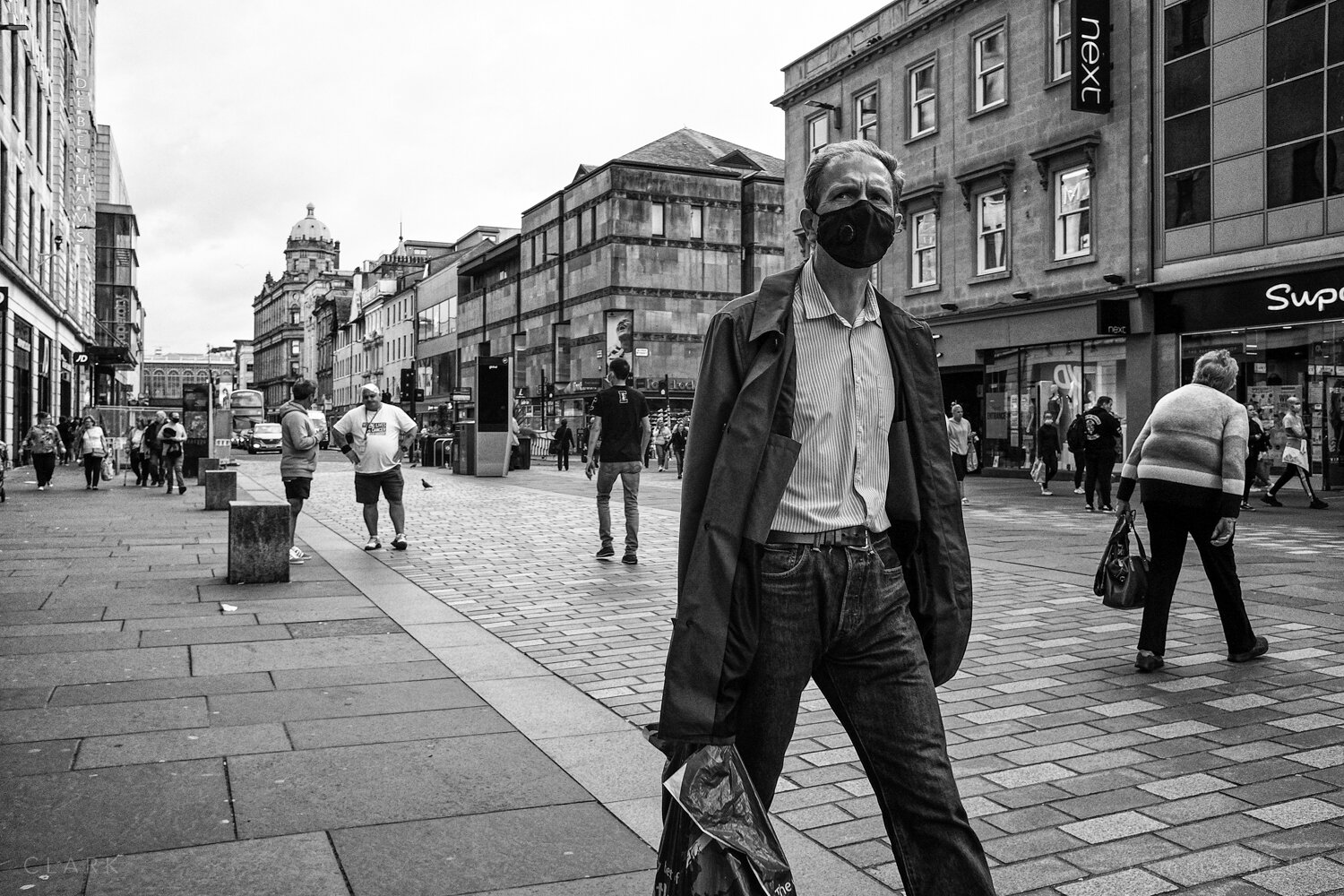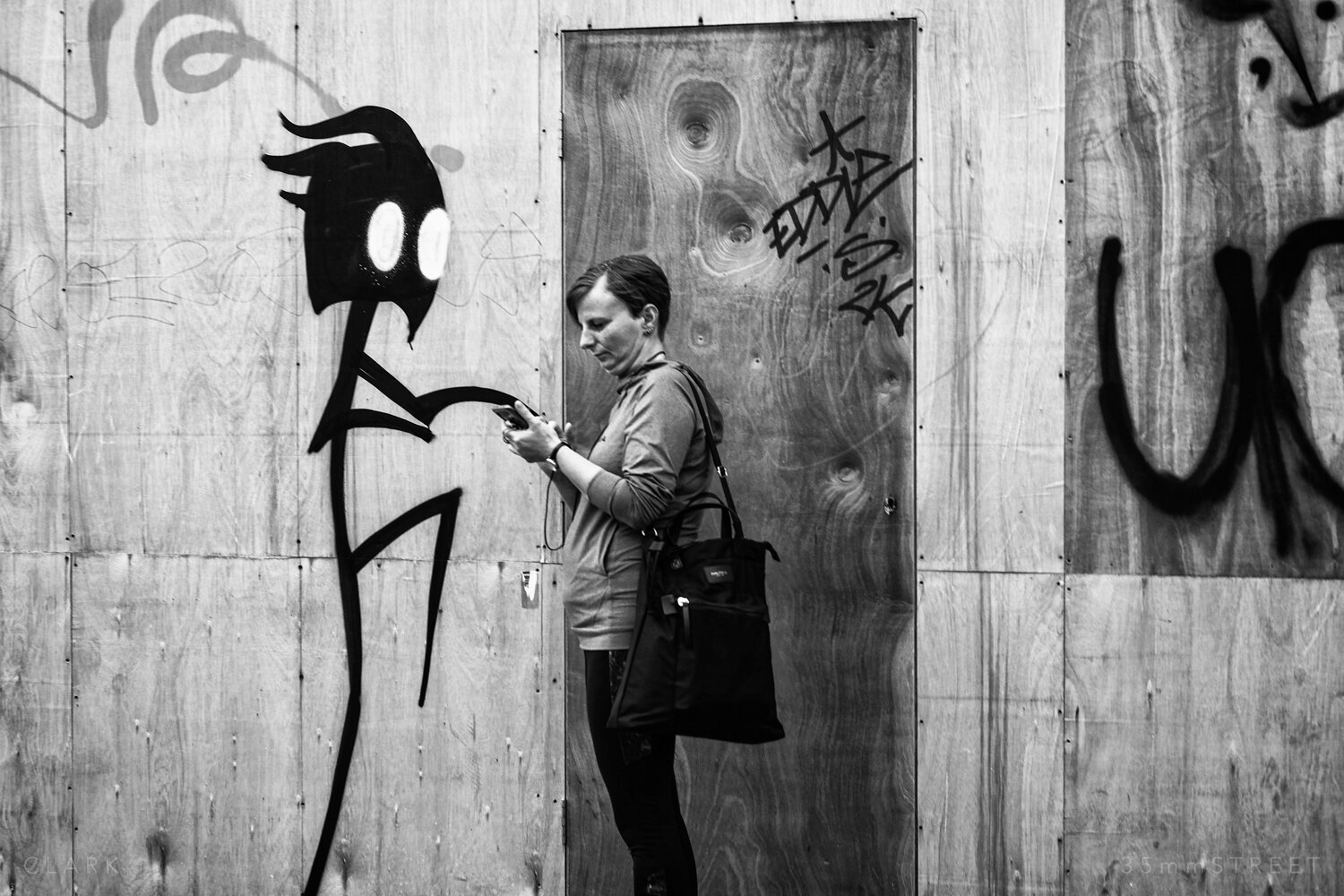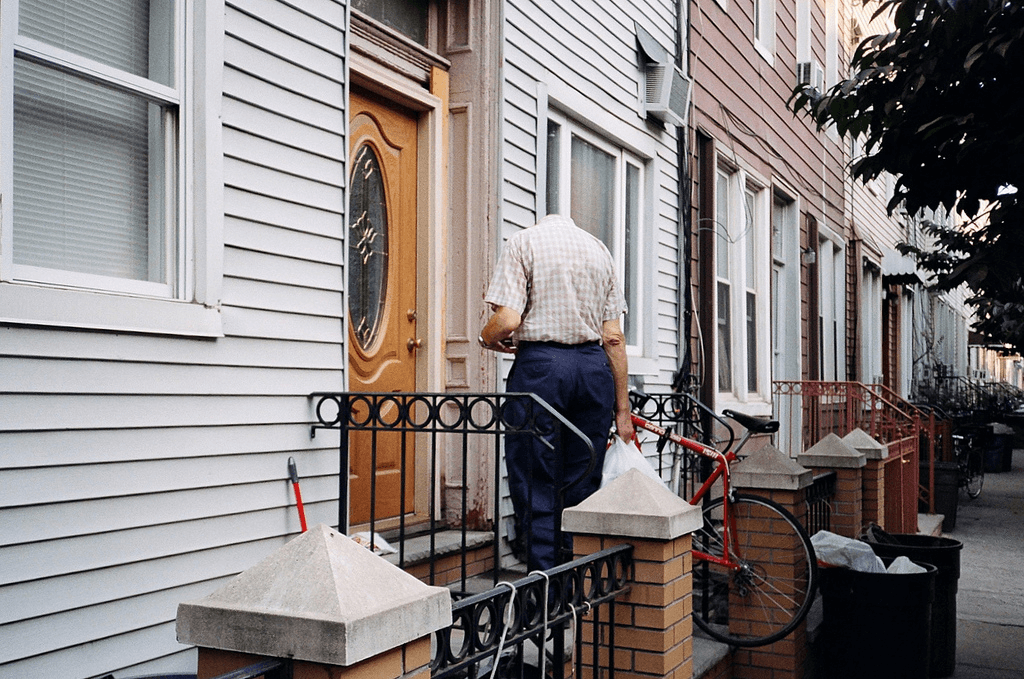The Main Principles Of Street Photographers
The Main Principles Of Street Photographers
Blog Article
The Of Street Photographers
Table of ContentsSee This Report on Street PhotographersLittle Known Facts About Street Photographers.Rumored Buzz on Street Photographers5 Easy Facts About Street Photographers ShownGetting My Street Photographers To Work
, a style of photography that records day-to-day life in a public place. The very publicness of the setup allows the photographer to take candid images of strangers, often without their understanding. Street digital photographers do not always have a social purpose in mind, but they like to isolate and catch moments which could otherwise go undetected.Though he was affected by a lot of those that affected the road photographers of the 1950s and '60s, he was not chiefly curious about capturing the spirit of the street. The impulse to visually document individuals in public started with 19th-century painters such as Edgar Degas, douard Manet, and Henri de Toulouse-Lautrec, that worked side by side with photographers attempting to catch the significance of city life.
Unlike Atget, digital photographer Charles Marville was worked with by the city of Paris to create an encyclopaedic record of Haussmann's urban preparation project as it unfolded, hence old and brand-new Paris. While the digital photographers' subject was essentially the same, the results were noticeably various, showing the influence of the photographer's intent on the character of the photos he generated.
Street Photographers Fundamentals Explained
Provided the great high quality of his pictures and the breadth of product, designers and musicians frequently purchased Atget's prints to use as reference for their own job, though business interests were hardly his main motivation. Rather, he was driven to photograph every last remnant of the Paris he liked. The mingled enthusiasm and urgency of his objective shine through, resulting in photos that narrate his very own experience of the city, high qualities that prepared for street photography of the 20th century.

Unlike his peers, Brassa used a larger-format Voigtlnder cam with a longer exposure time, forcing him to be more calculated and thoughtful in his practice than he might have been if using a Leica. (It is believed that he might not have actually had the ability to manage a Leica during that time, but he did, nevertheless, make use of one in the late 1950s to take colour photographs.) Brassa's pictures of the Paris underworld illuminated by man-made light were a revelation, and the collection of the collection that he released, (1933 ), was a major success.

Street Photographers Things To Know Before You Buy
It is since of this essential understanding of the art of picture taking that he this hyperlink is usually credited with finding the medium throughout again roughly a century considering that its innovation. He took photos for even more than a half century and affected generations of photographers to trust their eye and instinct in the moment.
These are the concerns I will try to answer: And then I'll leave you with my very own interpretation of street digital photography. Yes, we do. Allow's start with defining what an interpretation is: According to it is: "The act of defining, or of making something precise, distinct, or clear".
No, certainly not. The term is both restricting and misinforming. Appears like a road digital photography ought to be pictures of a roads ideal?! And all road digital photographers, with the exception of a tiny number of outright beginners, will fully appreciate that a street is not the key component to street digital photography, and actually if it's an image of a street with possibly a few uninteresting individuals doing nothing of interest, that's not street digital photography that's a picture of a street.
About Street Photographers
He makes a valid point don't you think? However, while I concur with him I'm unsure "candid public photography" will capture on (although I do kind of like the term "honest photography") since "street digital photography" has actually been around for a long time, with numerous masters' names connected to it, so I think the term is here to stay.
You can fire at the coastline, at a celebration, in an alley, in a park, in a piazza, in a cafe, at a museum or art gallery, in a city station, at an event, on a bridge, under a bridge ...
About Street Photographers
Yes, I'm afraid we terrified no over at this website choice! Without regulations we can not have a meaning, and without an interpretation we do not have a category, and without a style we do not have anything to specify what we do, and so we are stuck in a "guidelines meaning style" loop! - Street Photographers

Report this page